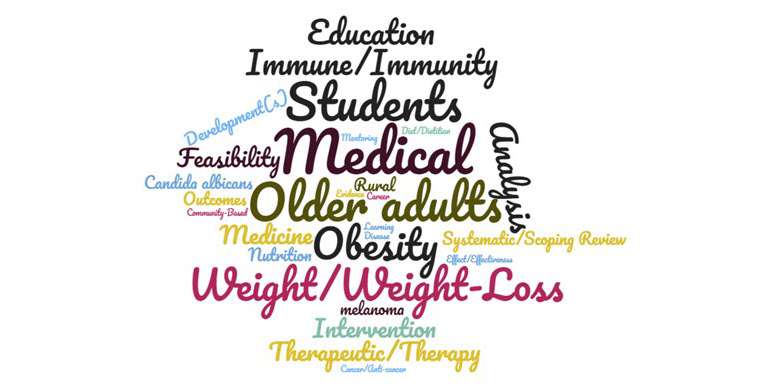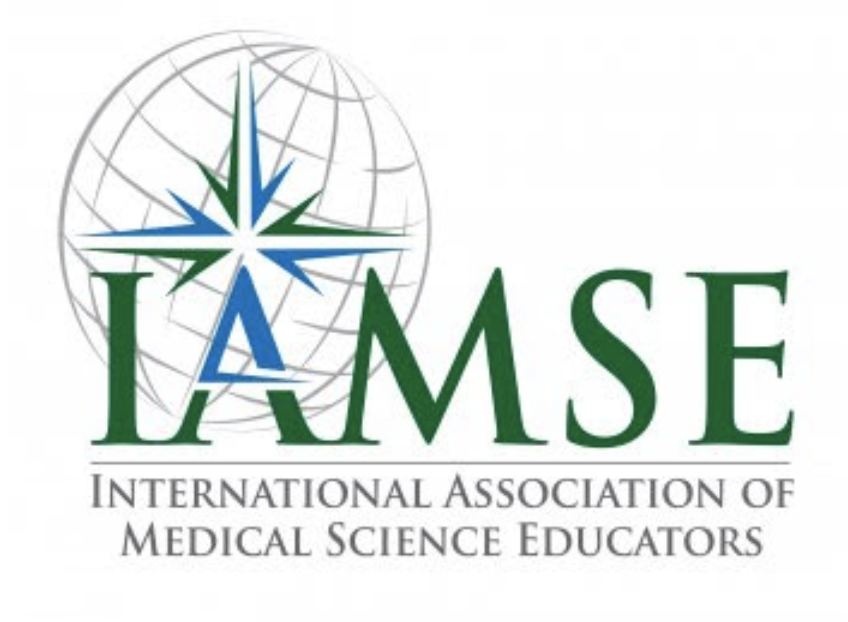Publications

Topics

Scholarship

Highlights

Lyons VT (2021) Netter’s Essential Systems-Based Anatomy. 406 pages. Elsevier Inc.
Designed for clinically focused, introductory anatomy coverage, Netter’s Essential Systems-Based Anatomy provides superbly illustrated core content in anatomy in a concise, easy-to-understand format. This highly visual text contains student-friendly features such as basic information and vocabulary, key systems-based concepts, and interactive practice questions for review—all highlighted by outstanding illustrations by Frank H. Netter, MD, Carlos Machado, MD and other medical artists.

A Medical Science Educator Article Review From Dr. Jennifer Fischer This IAMSE publications committee review is taken from the article titled Supporting Self-Directed Learning: A National Needs Analysis published in Medical Science Educator (6 April 2021) by Youn Seon Lim, Virginia T. Lyons, and Joanne M. Willey.
As healthcare continues to expand and change, physicians must be adept at advancing their knowledge and skills in order to meet the needs of patients. Self-directed learning (SDL) is recognized as a required element in undergraduate and graduate medical education. Stimulating critical thinking and encouraging medical students to assess their own knowledge and skill aligns with evidence in medical education literature that learners can become more self-directed. This article fills a gap in faculty perception and preparation to deliver SDL education.
Helping students develop self-regulated learning skills requires faculty and administration to value these skills and to provide strategies. The article by Lim, et al, describes a national needs analysis to better facilitate the perception of self-direct learning among faculty in medical education. It provides a background of SDL as well as a survey that institutions could use to measure the ability of faculty to recognize educational strategies that promote learner development of SDL. The work surveyed MDs, DOs, and PhDs, across both preclinical and clinical education. The majority of faculty reported that SDL is essential for medical student success and that faculty development in this area from institutions would be welcome. In addition, a portion of the study gauged student recognition and experience with these educational strategies. This approach provides information from both instructors and learners.
While styles of curriculum may vary, the inclusion of activities that encourage learners to plan, execute and evaluate their learning can help equip them to become self-directed learners. Examining recognition of SDL strategies and administrative support of faculty development could improve medical education by helping learners acquire self-regulating learning skills when SDL in embedded in the curriculum.
Jennifer Fischer, PhD
Rowan University School of Osteopathic Medicine